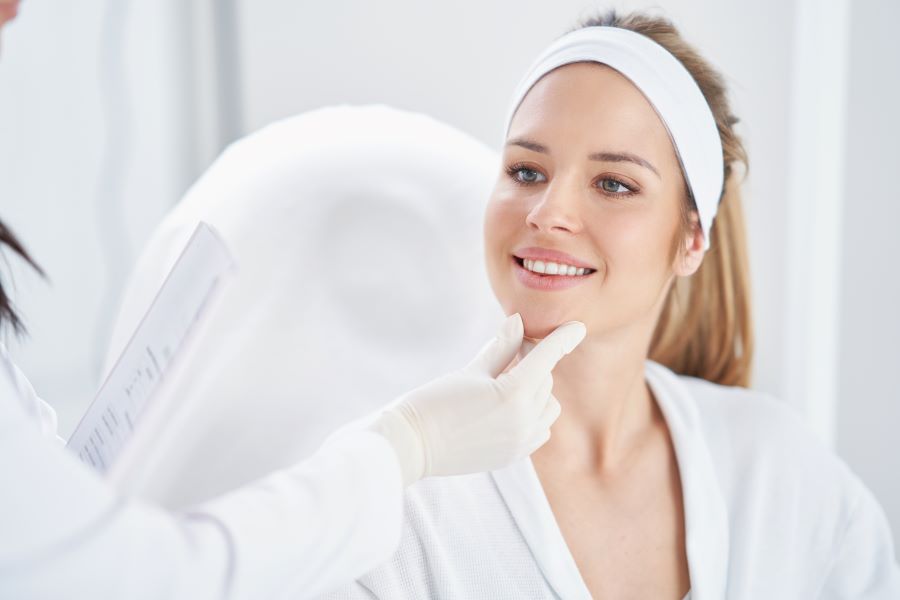Understanding Hair Growth Changes in Seniors and Support Options
As we age, changes in hair growth patterns become increasingly common, affecting millions of seniors worldwide. Hair thinning, slower growth rates, and changes in texture are natural parts of the aging process, influenced by hormonal shifts, nutritional factors, and overall health conditions. Understanding these changes and exploring supportive approaches can help seniors maintain healthier hair and boost confidence during their golden years.

Hair growth naturally evolves as we enter our senior years, with most people experiencing noticeable changes after age 50. The hair growth cycle, which consists of growth, transition, and resting phases, gradually slows down, leading to thinner strands and reduced overall volume. Hormonal changes, particularly decreased estrogen in women and altered testosterone levels in men, play significant roles in these transformations.
What Causes Hair Growth Changes in Seniors
Several factors contribute to altered hair growth patterns in older adults. Genetics remains the primary determining factor, with hereditary conditions like androgenetic alopecia affecting both men and women. Hormonal fluctuations during menopause and andropause significantly impact hair follicle health and growth cycles. Additionally, decreased circulation to the scalp, reduced protein synthesis, and slower cell regeneration all contribute to changes in hair density and growth rate.
Medical conditions common in seniors, such as thyroid disorders, autoimmune diseases, and diabetes, can also affect hair health. Medications including blood thinners, antidepressants, and blood pressure medications may cause hair thinning as side effects. Nutritional deficiencies, particularly in iron, vitamin D, and B vitamins, become more prevalent with age and directly impact hair follicle function.
Nutritional Approaches for Hair Growth in Seniors
Proper nutrition forms the foundation of healthy hair growth at any age, but becomes especially crucial for seniors. Protein intake is essential since hair is primarily composed of keratin, a protein structure. Seniors should aim for adequate protein consumption through lean meats, fish, eggs, legumes, and dairy products. Iron-rich foods like spinach, red meat, and fortified cereals help prevent iron-deficiency anemia, a common cause of hair loss in older adults.
Vitamins and minerals play vital roles in supporting hair follicle health. Vitamin D supports hair follicle cycling, while B vitamins, particularly biotin and B12, contribute to healthy hair growth. Omega-3 fatty acids found in fish, walnuts, and flaxseeds help maintain scalp health and may reduce inflammation that can impede hair growth. Antioxidant-rich foods like berries, leafy greens, and colorful vegetables protect hair follicles from oxidative stress.
Lifestyle Modifications to Support Hair Growth
Lifestyle factors significantly influence hair health in seniors. Regular physical activity improves circulation throughout the body, including to the scalp, which can enhance nutrient delivery to hair follicles. Stress management through meditation, yoga, or other relaxation techniques helps regulate cortisol levels, which can negatively impact hair growth when chronically elevated.
Gentle hair care practices become increasingly important with age. Using mild, sulfate-free shampoos and avoiding excessive heat styling helps preserve existing hair. Regular scalp massage can stimulate blood flow and may promote hair growth. Protecting hair from sun damage and environmental stressors through appropriate coverings or UV-protective products helps maintain hair health.
Medical Interventions and Professional Options
When lifestyle modifications aren’t sufficient, medical interventions may help support hair growth in seniors. Topical treatments containing minoxidil have shown effectiveness in slowing hair loss and promoting regrowth in both men and women. Prescription medications like finasteride may be appropriate for some male patients, though potential side effects require careful consideration in older adults.
Professional treatments offered by dermatologists and trichologists include low-level laser therapy, platelet-rich plasma (PRP) treatments, and microneedling procedures. These treatments aim to stimulate hair follicles and improve scalp health. Hair transplantation procedures have also evolved to become more suitable for older adults, though candidacy depends on individual health factors and realistic expectations.
| Treatment Type | Provider | Cost Estimation |
|---|---|---|
| Topical Minoxidil | Pharmacy/Dermatologist | $20-60 per month |
| Prescription Finasteride | Dermatologist | $30-80 per month |
| Low-Level Laser Therapy | Dermatology Clinic | $2,000-4,000 per series |
| PRP Treatment | Medical Spa/Dermatologist | $500-1,500 per session |
| Hair Transplant Consultation | Hair Restoration Clinic | $100-300 per visit |
| Nutritional Supplements | Health Store/Online | $25-100 per month |
Prices, rates, or cost estimates mentioned in this article are based on the latest available information but may change over time. Independent research is advised before making financial decisions.
Creating Realistic Expectations and Goals
Seniors considering ways to support hair growth should maintain realistic expectations about outcomes. While various treatments and lifestyle modifications can help slow hair loss and potentially stimulate some regrowth, completely reversing age-related hair changes is typically not possible. The goal should focus on maintaining existing hair health, slowing further loss, and potentially achieving modest improvements in hair density or quality.
Consulting with healthcare providers before starting any new treatments is essential, especially for seniors who may have multiple health conditions or take various medications. A comprehensive approach that combines proper nutrition, gentle hair care, stress management, and appropriate medical interventions when necessary offers the best chance for supporting hair health in the senior years.
This article is for informational purposes only and should not be considered medical advice. Please consult a qualified healthcare professional for personalized guidance and treatment.




